How to Implement Pair Programming in Automotive

Automotive engineering has entered a software-first era. From autonomous driving and infotainment systems to connected diagnostics and battery management, code now plays a defining role in the performance, safety, and competitiveness of modern vehicles.
But with growing complexity comes greater risk. A single flaw in the software pipeline can lead to expensive recalls, compliance issues, or even jeopardize human safety. This is why top-performing automotive software teams are adopting agile engineering methods, such as pair programming, to build faster, safer, and more collaborative systems.
This article explores how pair programming is shaping software development practices in the automotive sector, key use cases, practical implementation advice, and how visualized workflows can enhance team efficiency.
3 Reasons Why Software Teams Embrace Pair Programming in Automotive
Pair programming involves two developers working together on the same piece of code. One writes (the "driver"), while the other reviews in real time (the "observer" or "navigator"). It might seem inefficient at first glance, but for safety-critical and compliance-heavy industries like automotive, it introduces benefits that far outweigh the overhead.
1. Reducing Bugs in Safety-Critical Systems
In automotive contexts, such as advanced driver assistance systems (ADAS), braking systems, or electric vehicle (EV) battery management, the cost of bugs is extremely high. Pair programming introduces real-time code review, which catches logical flaws or architectural oversights early in the development cycle.
In fast-paced, iterative environments, combining this practice with the automotive testing and validation template supports test traceability and helps standardize paired output validation across teams.
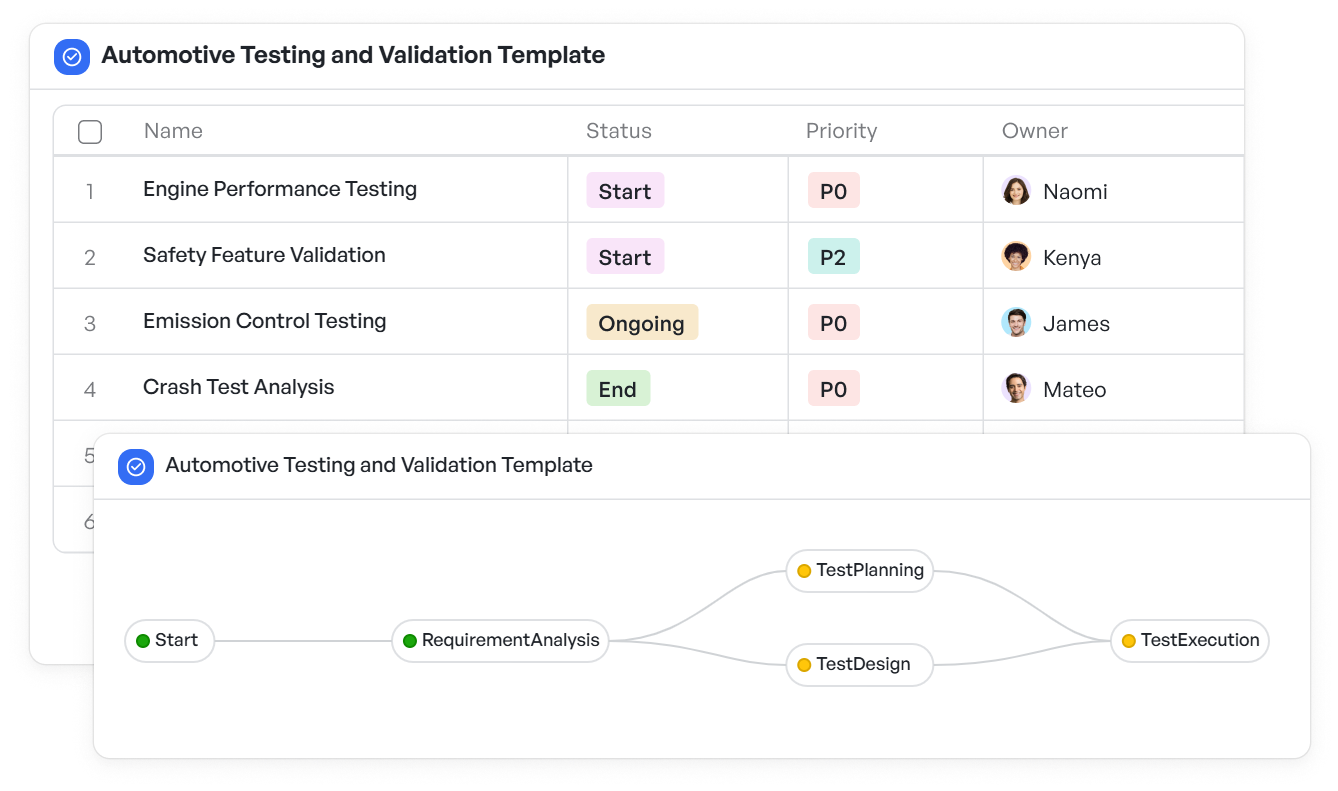 Track test coverage and paired output validation across teams
Track test coverage and paired output validation across teams2. Improved Knowledge Transfer Across Teams
From embedded firmware to backend systems, teams need to sync constantly. Pairing allows critical knowledge to flow more effectively between disciplines.
If you're managing hardware-software integration, pairing engineers on tasks tracked using the automotive technology integration template ensures that both mechanical and digital perspectives are accounted for at every stage.
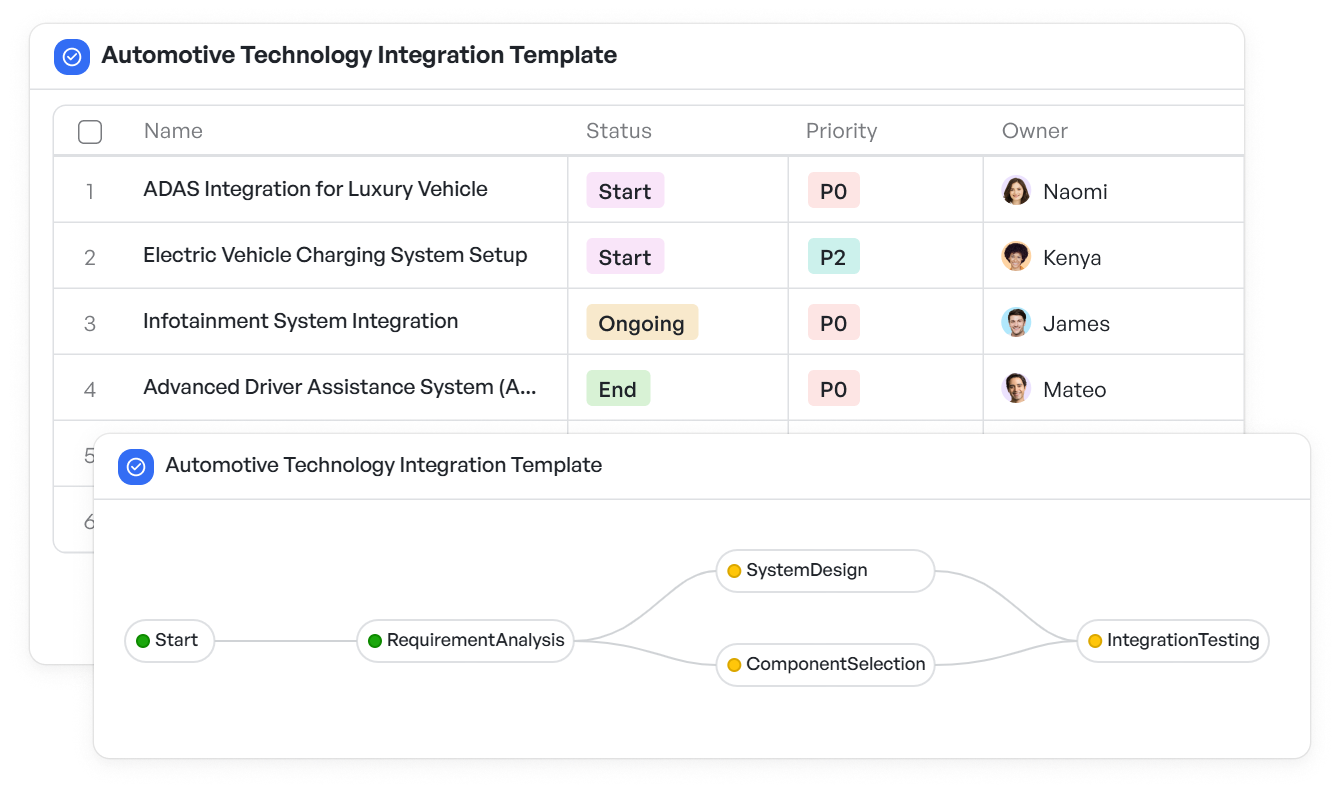 Align hardware and software teams with a shared visual workflow for tech integration
Align hardware and software teams with a shared visual workflow for tech integration3. Compliance and Certification Alignment
Automotive systems often follow standards like ISO 26262 or automotive software process improvement and capability determination (ASPICE). Pairing supports these goals by building traceable logic from the ground up. Templates like the automotive compliance management template can help engineering managers log, review, and export pairing-related decisions when audits or quality checks come up.
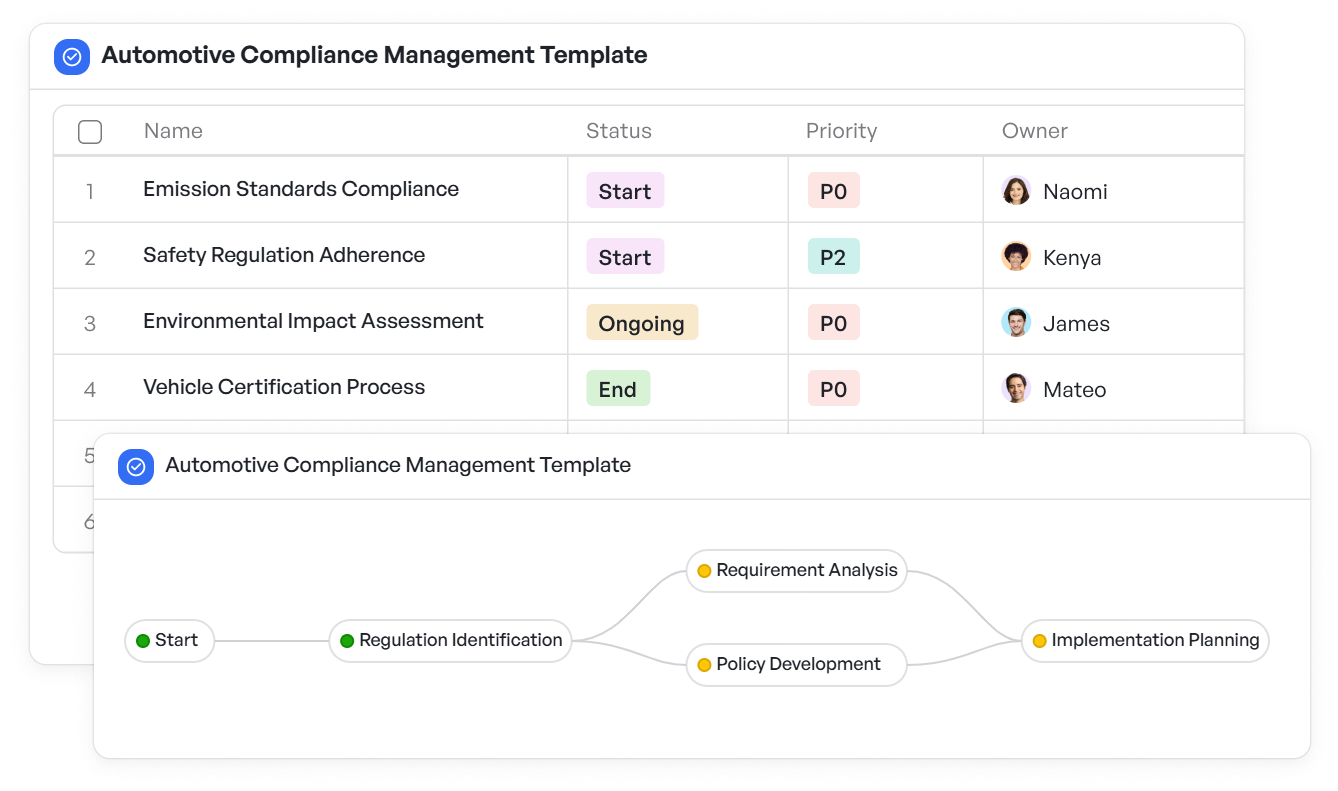 Maintain audit-ready records of paired decisions with this structured compliance tracking workflow
Maintain audit-ready records of paired decisions with this structured compliance tracking workflowUse Cases of Pair Programming in Automotive Software Projects
Pair programming isn’t meant for every line of code, but there are specific scenarios where it pays off.
- Developing or Refactoring Core Vehicle Software: Real-time review during safety logic or failover design drastically reduces regression risk.
- Integrating New ECUs or Sensors: Hardware and software teams benefit from joint pairing while working through low-level driver code and communication protocols.
- Setting Up Diagnostic Protocols: In areas like UDS or CAN, pair programming leads to better fault handling logic and robust test cases.
- Building Testing Infrastructure: Paired engineers can simulate edge cases better and cover more ground faster. When paired with tools like the automotive prototype testing template, simulation planning becomes easier to visualize and track.
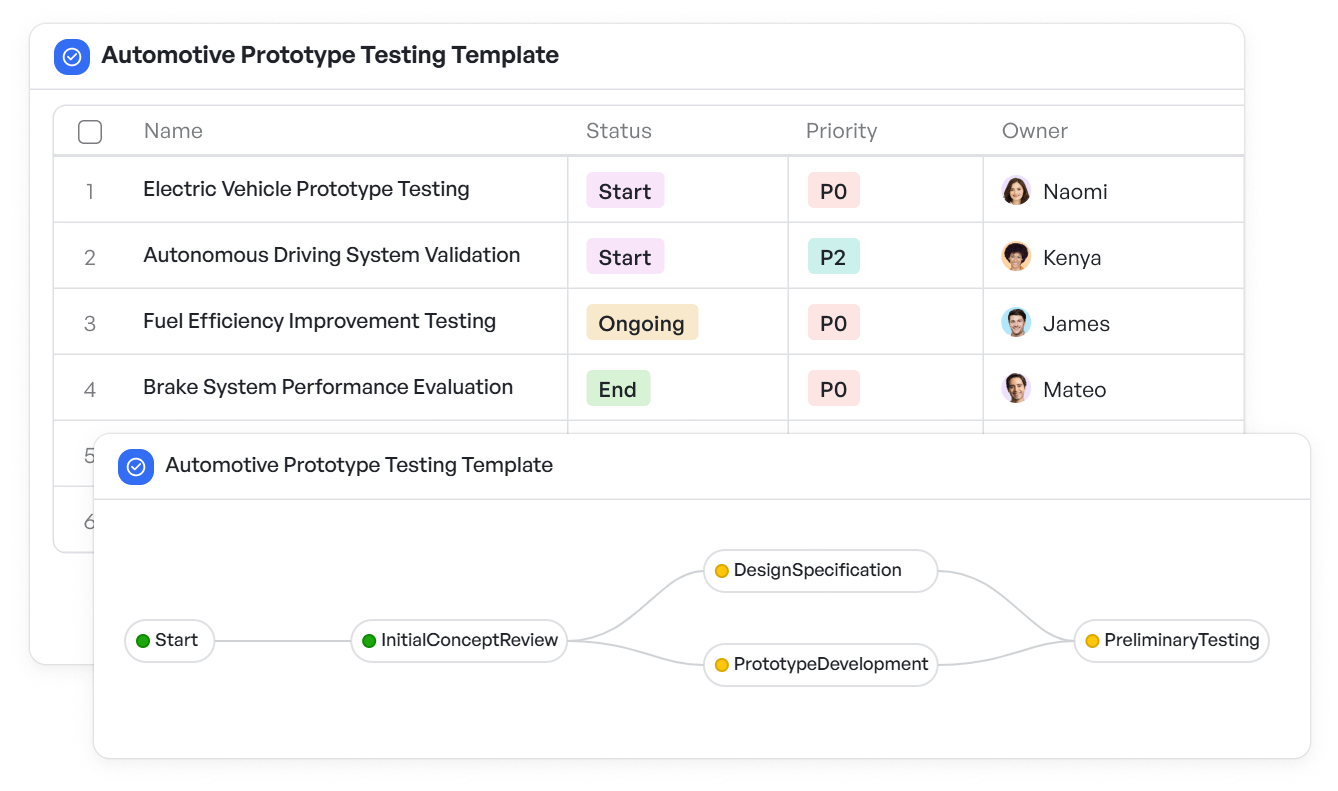 Visualize simulation stages and assign testing tasks
Visualize simulation stages and assign testing tasks What Engineering Leaders Gain from Pair Programming in Automotive
For decision-makers in mid-market and enterprise automotive companies, pair programming offers clear benefits:
- Better quality with less manual quality assurance (QA) intervention
- Faster onboarding through co-development
- Documentation and review efficiency
- Lower rework across domains (especially embedded–backend handoffs)
When tracked visually, using the automotive product development template, product leads can see how paired engineering tasks link to upstream design stages and downstream test cycles.
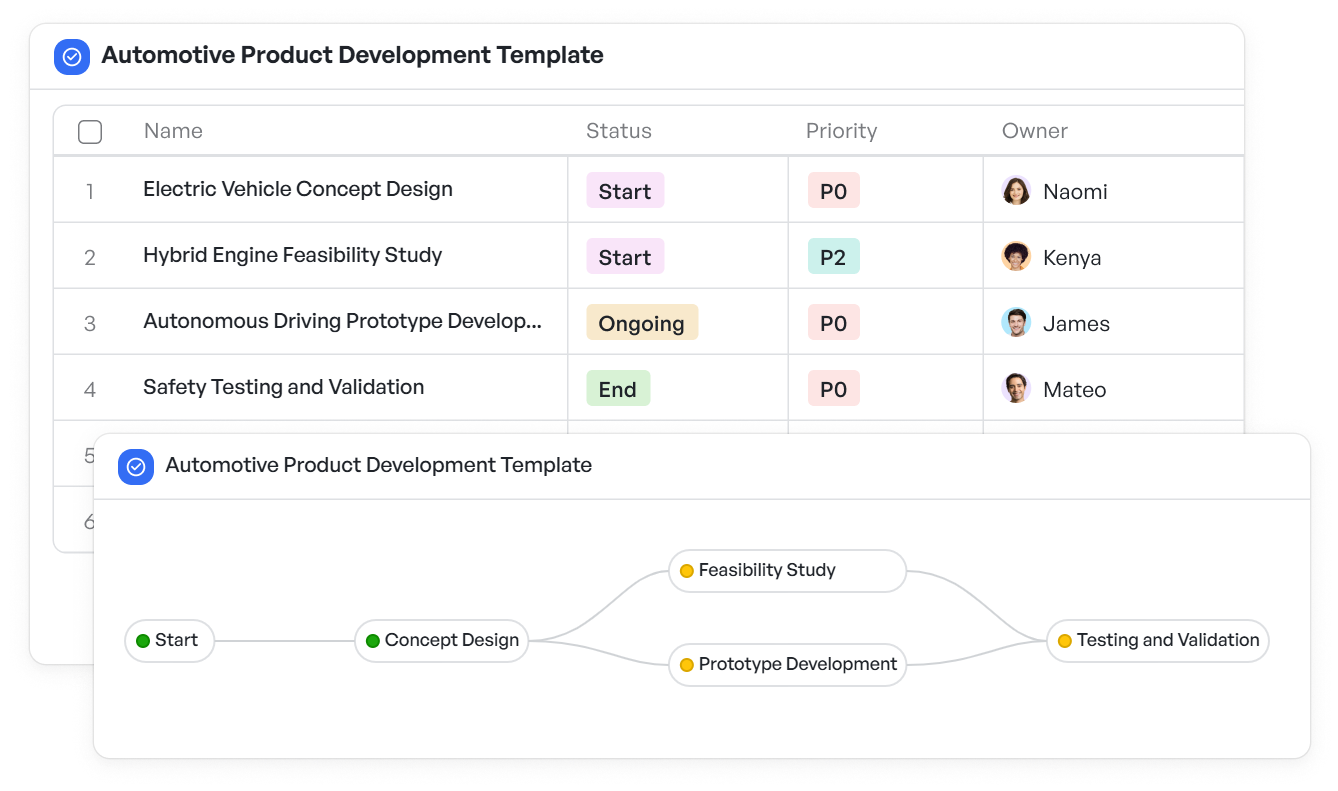 Connect design, development, and testing phases in one view to align paired tasks with overall product goals
Connect design, development, and testing phases in one view to align paired tasks with overall product goalsAddressing Common Concerns of Pair Programming in Automotive
It’s common to question whether two developers working on one piece of code is productive. Here’s what real teams find:
- Bugs are caught early, which leads to less rework later
- Paired sessions often finish cleaner, reducing time spent in QA
- Developer knowledge grows, which leads to stronger retention and autonomy
To reduce friction, you can start by using the pair programming session log template. It records session outcomes, review notes, and who worked on what, creating a lightweight but valuable trace for engineering managers and auditors alike.
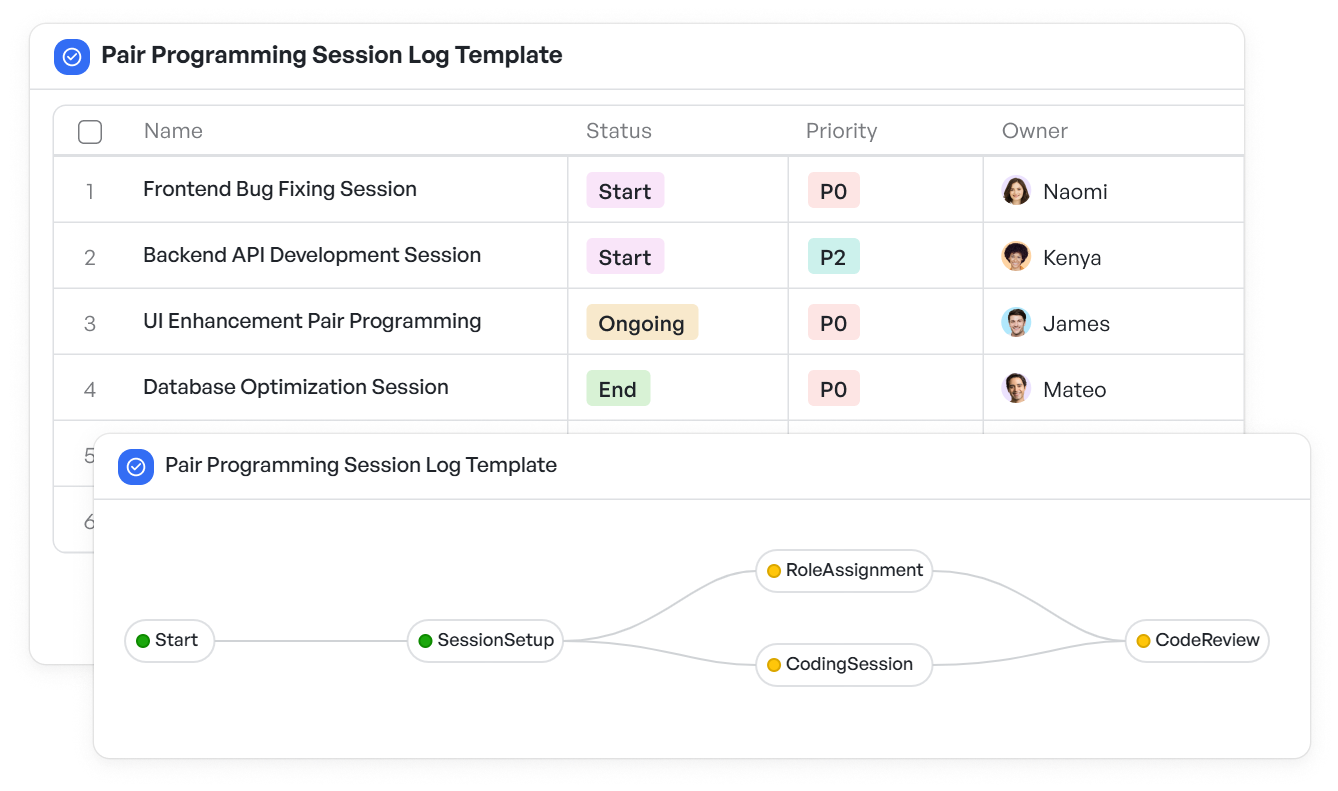 Log each pairing session with outcomes and decisions to simplify reviews and cross-team accountability
Log each pairing session with outcomes and decisions to simplify reviews and cross-team accountability4 Practices for Pair Programming in Automotive
Certain practices must be followed in pair programming to make it efficient. Some of them include:
1. Rotate Pairs Every Sprint
Knowledge sharing improves when engineers rotate across subsystems. This prevents over-reliance on one person for mission-critical components.
2. Use Sprint-Specific Planning Templates
Structured planning reduces confusion. Tools like the automotive agile project management template help engineering managers define and assign pairing tasks, set boundaries, and integrate pair reviews into the sprint cadence.
3. Timebox Sessions
Keep sessions focused—90-minute blocks work best. Define small scopes (e.g., “design EV cooling system logic and write test”) with clear completion goals.
4. Track Workload by Skill
In larger teams, mismatched skill availability can block pairing. Using the automotive talent acquisition strategy template to plan skill onboarding helps teams align pairing potential with hiring needs.
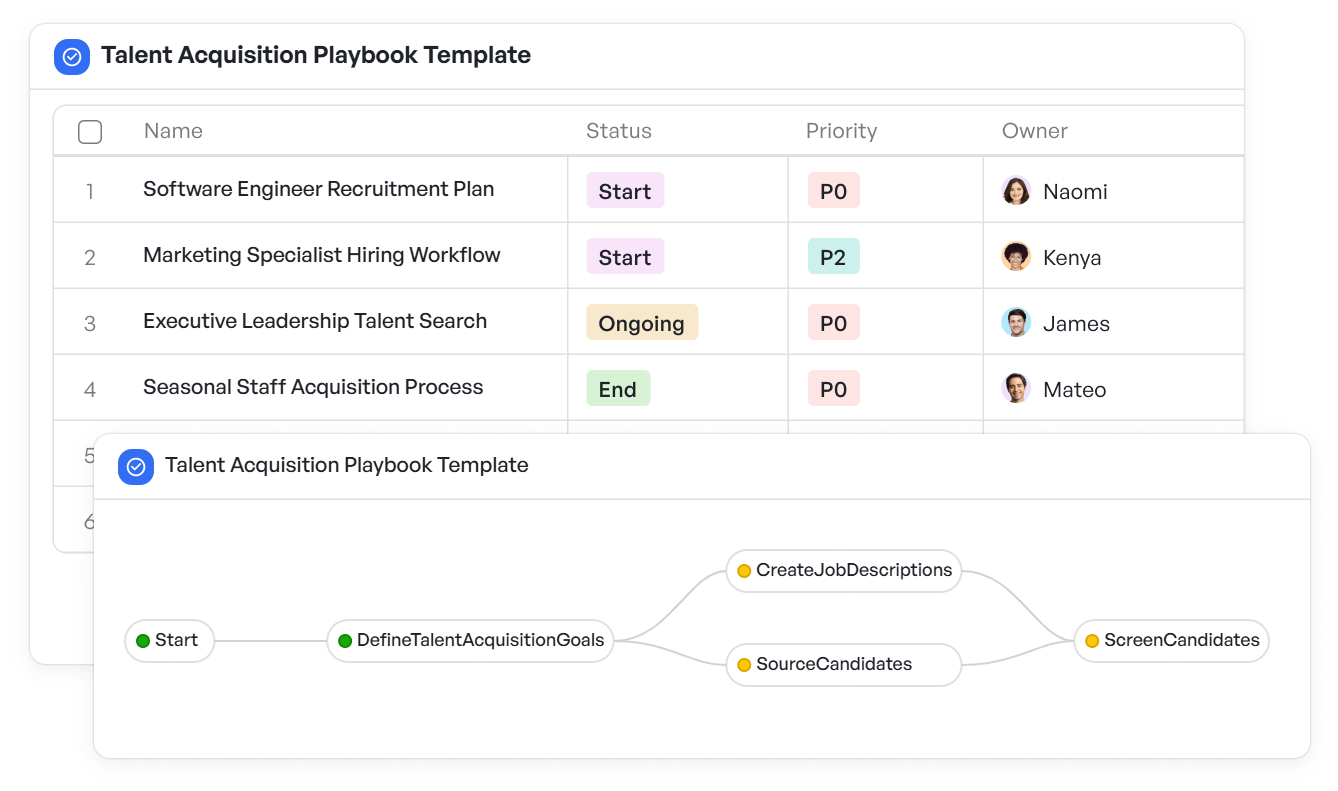 Plan hiring around skill gaps to support pairing across engineering teams
Plan hiring around skill gaps to support pairing across engineering teamsHow Visual Workflows Enable Better Pair Programming
Pair programming thrives in environments where the workflow is visible to all contributors. Automotive projects are multi-stage: they involve embedded teams, systems engineers, software developers, and QA. A visual system removes the ambiguity that slows down execution.
Templates like the automotive resource allocation template help allocate pairing tasks based on capacity, and the automotive project timeline template provides a view of how those sessions fit within larger program milestones.
With this level of visibility:
- Teams avoid double-assignment
- Milestone delays are flagged early
- Managers can reassign pairs based on risk priority or backlog urgency
Build Faster Without Compromising Safety or Quality
In the race to deliver smarter, safer, software-powered vehicles, the pace of development must increase—but not at the cost of quality. Pair programming offers a structured way to improve code clarity, reduce bugs, and accelerate skill growth across automotive software teams.
Combined with visualized workflows and robust planning templates, it becomes a sustainable way to scale high-performance development, whether you're building ADAS systems or rethinking EV architecture.
Enhance your automotive development process with clear collaboration using Meegle.
The world’s #1 visualized project management tool
Powered by the next gen visual workflow engineRead More
Check All BlogsStart creating impactful work today



